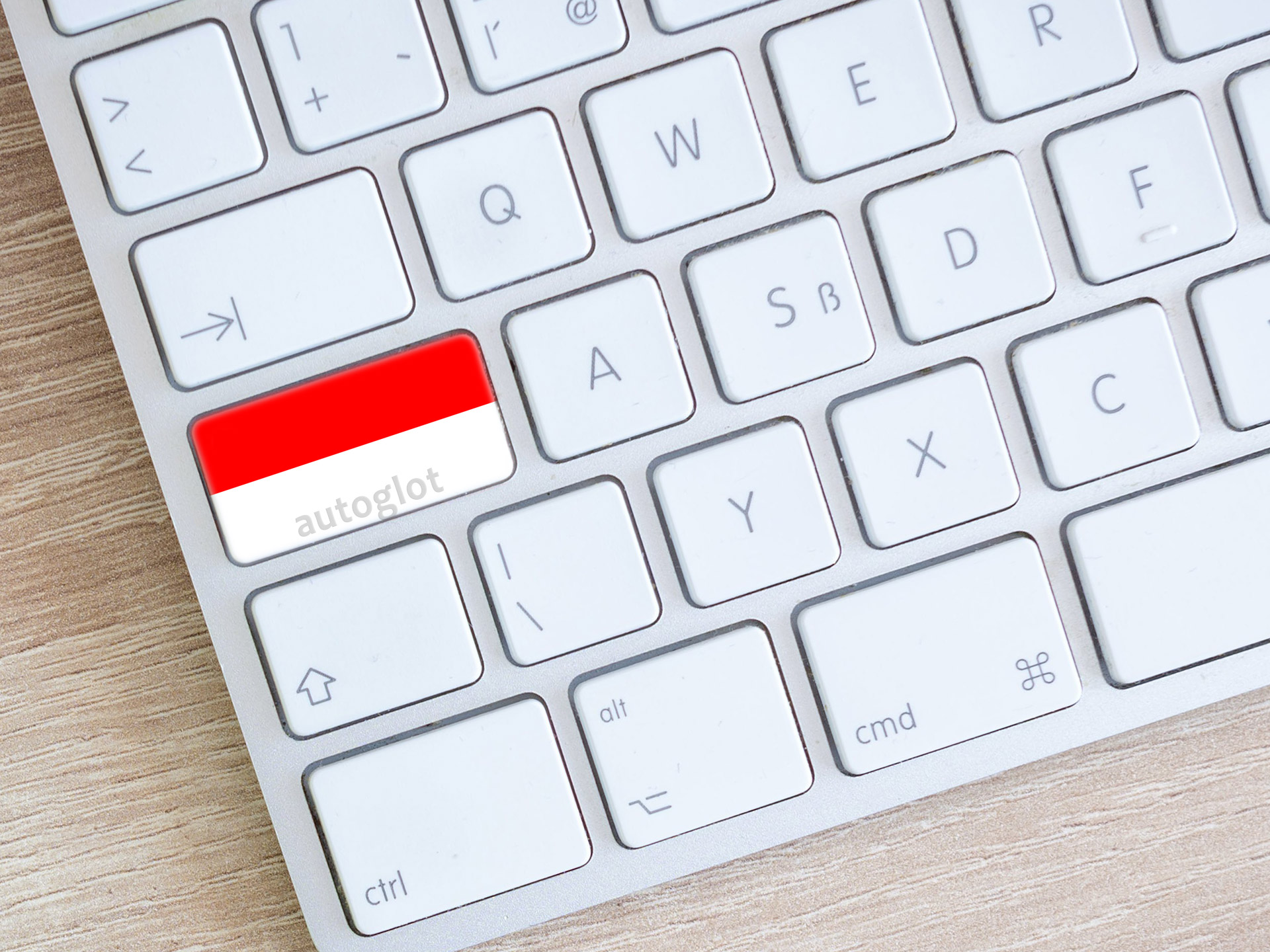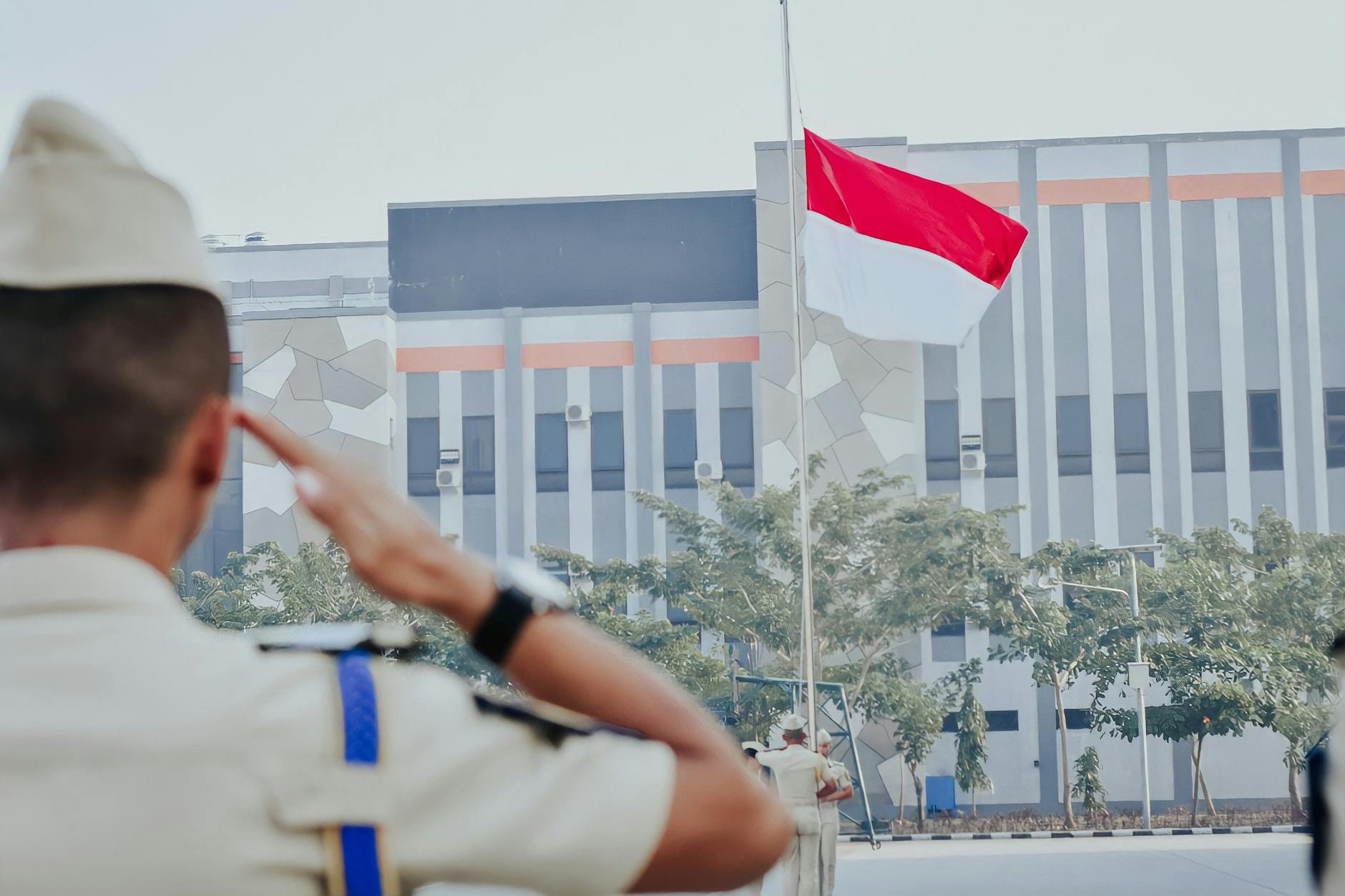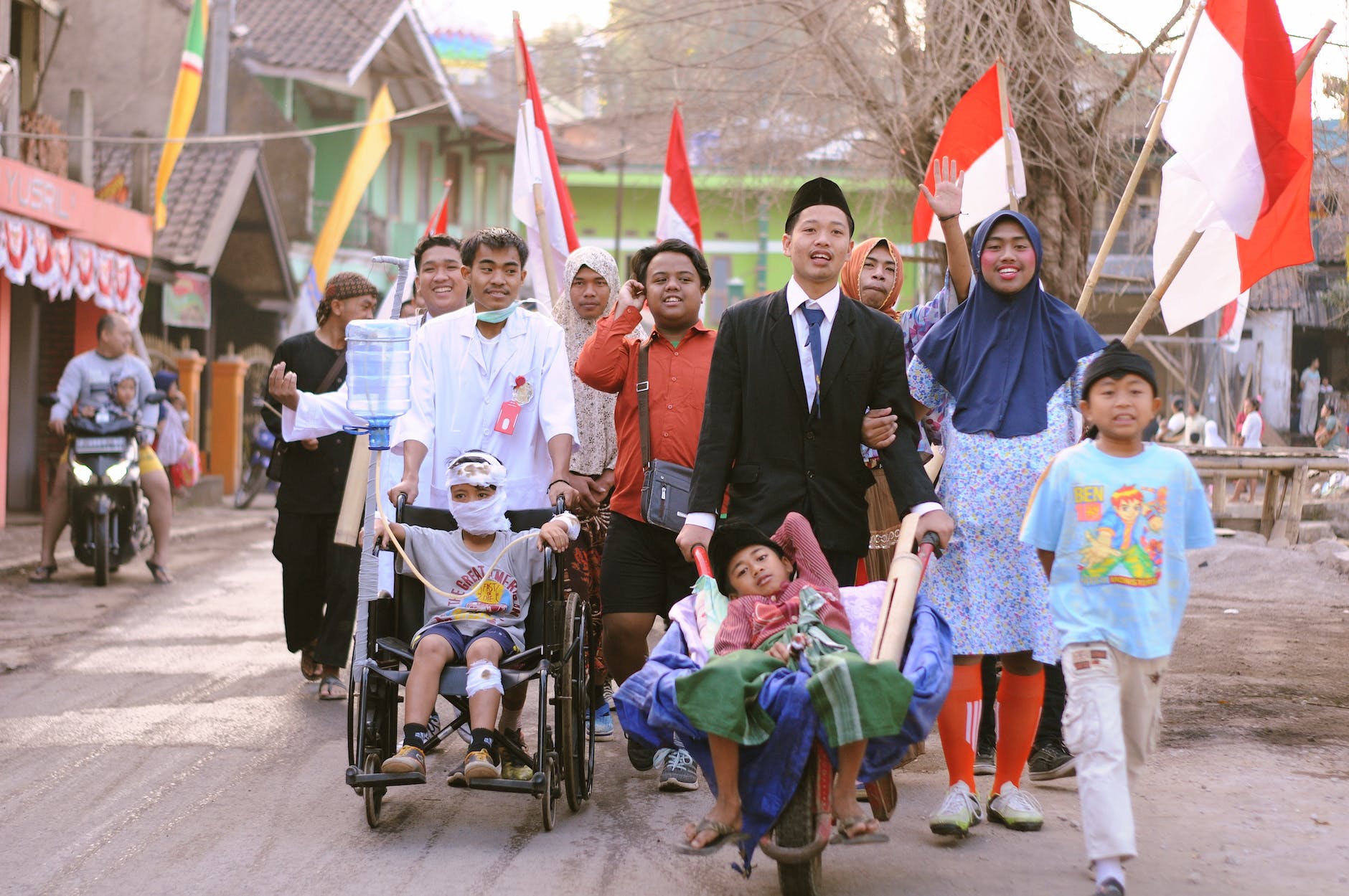
Multilingual websites have become an indispensable tool for businesses and individuals seeking a global online presence. Among the myriad languages worldwide, Indonesian stands out as a key player in Asia, making it crucial for website and business owners.
Benefits of Multilingual Websites and the Importance of Translation to Indonesian
In an era where connectivity knows no bounds, the benefits of having a multilingual website are manifold. A crucial advantage is the expanded reach to diverse audiences, fostering better communication and engagement. This is particularly true for the Indonesian market, where a significant portion of the population prefers content in their native language.
Indonesia, with its rich tapestry of cultures and languages, presents a unique opportunity for businesses and content creators. The archipelago boasts a population of over 270 million people, making it the fourth most populous country globally. By catering to the linguistic preferences of this vast audience, businesses can establish a deeper connection and resonate with Indonesian users on a personal level.
Moreover, the importance of translation extends beyond mere linguistic accommodation. It is a gateway to cultural understanding, allowing businesses to navigate the nuances of local customs and traditions. By embracing the Indonesian language, website owners can showcase respect for the cultural diversity that defines this dynamic Southeast Asian nation.
In the digital world, where borders are blurred, having an Indonesian version of your website is not just beneficial – it’s imperative. The internet penetration rate in Indonesia has surged, and a considerable portion of the population actively engages online. Thus, providing content in Bahasa Indonesia enhances accessibility and user experience, paving the way for increased traffic and engagement.
Indonesian Language: The Essence of Bahasa Indonesia
Basic Information about Indonesian Language
Bahasa Indonesia, the official language of Indonesia, serves as a unifying force in this diverse archipelago. Often referred to simply as Indonesian, it is a standardized form of Malay, rooted in the historical trade and cultural exchanges that shaped the region. Boasting a straightforward phonetic system and a lack of complex grammatical structures, Indonesian is recognized for its accessibility.

History of Indonesian Language
The roots of Indonesian can be traced back to the Malay language, which emerged as a lingua franca in the archipelago due to extensive trade. The language underwent a process of standardization during Indonesia’s fight for independence in the mid-20th century. Efforts to unite the nation resulted in the development of Bahasa Indonesia as the official language, promoting communication across the vast array of ethnicities and languages within the country.
Structure, Vocabulary, and Grammar of Indonesian
Indonesian’s linguistic structure reflects its historical influences. With a grammatical simplicity that eschews gendered nouns and complex verb conjugations, it proves approachable for learners. Vocabulary draws from Malay, Sanskrit, Dutch, Arabic, and other languages, creating a linguistic tapestry that mirrors Indonesia’s diverse cultural history.
Indonesian grammar relies heavily on context, and while it may lack some of the intricacies found in other languages, this simplicity enhances its learnability. Nouns are not inflected for gender or number, and verb tenses are conveyed through context or the addition of time indicators.
Source
Ease of Learning, Speaking, and Understanding Indonesian
For language enthusiasts and business owners looking to tap into the Indonesian market, the good news is that Indonesian is considered one of the easiest languages to learn for English speakers. Its phonetic consistency and lack of grammatical complexity contribute to a relatively swift learning curve.
Speaking Indonesian is equally accessible, and the language’s simplicity facilitates clear communication. While accents and regional variations exist, the overall uniformity of Bahasa Indonesia allows for effective cross-cultural dialogue.
Understanding Indonesian requires an appreciation for its cultural nuances. Politeness and context play crucial roles, and familiarity with local customs enhances comprehension. Overall, the simplicity of the language, coupled with the warmth of its speakers, makes Indonesian an inviting linguistic landscape for those venturing into translation and website localization.
Indonesian-Speaking People: Navigating the Vast Linguistic Landscape
Population that Speaks Indonesian
Bahasa Indonesia, with its status as the official language of Indonesia, serves as a linguistic thread binding together a diverse tapestry of ethnicities and cultures. The expansive population of Indonesia, exceeding 270 million people, ensures that Indonesian is not merely a language; it’s a unifying force that resonates across the archipelago.

Indonesian-Speaking Countries and Official Language Status
While Indonesia stands as the primary bastion of Bahasa Indonesia, the language reverberates beyond its borders. It holds recognition in neighboring countries, including Malaysia, East Timor, and parts of Papua New Guinea. Although not the official language in these regions, Indonesian’s influence is palpable, reflecting historical ties and regional interconnectedness.
Countries Where Indonesian is an Official Language
Indonesia proudly stands as the sole nation where Bahasa Indonesia holds the coveted status of an official language. This acknowledgment underscores the language’s critical role in governance, education, and public discourse within the country.
Countries Where People Speak Indonesian
Beyond official designations, the global Indonesian diaspora contributes to the widespread usage of the language. Communities of Indonesian speakers can be found in various corners of the world, with migration and globalization fostering linguistic diversity. These pockets of speakers abroad contribute to the continued vitality and evolution of Bahasa Indonesia.
This language extends far beyond national borders. Its resonance among diverse populations and communities underscores the importance of considering Indonesian as a pivotal language in the realm of website translation and digital communication.
Indonesian on the Internet: The Digital Archipelago
How Widespread Indonesian is on the Internet
The digital landscape of Indonesia is dynamic and rapidly expanding, mirroring the nation’s enthusiastic embrace of online platforms. With a significant portion of the population actively engaged in internet activities, the prevalence of Indonesian on the web is undeniable. From social media interactions to e-commerce transactions, Bahasa Indonesia is the language that facilitates these digital conversations.

The rise of digital content in Indonesian has not only transformed the online experience for the country’s residents but has also created opportunities for global connections. Blogs, websites, and social media platforms have become hubs where the Indonesian language flourishes, creating a vibrant online ecosystem.
Why it is Important to Have an Indonesian Version of Your Website
For businesses and content creators eyeing the Indonesian market, having an Indonesian version of your website is not just a strategic move; it’s a necessity. It aligns with the preferences of a vast online audience, enhancing user experience and accessibility. Catering to users in their native language fosters a sense of connection, trust, and engagement.
Furthermore, search engines prioritize content in local languages, making it crucial for websites aiming to boost their visibility in the Indonesian digital sphere. The incorporation of an Indonesian version not only increases the chances of reaching a broader audience but also positions the website favorably in search engine rankings.
Source
The importance of website localization goes beyond language translation; it involves cultural adaptation. Understanding the nuances of Indonesian culture allows businesses to tailor their content to resonate with the local audience effectively. This personalized approach contributes to a positive brand perception and establishes a strong foothold in the competitive digital market.
How to Translate a WordPress Site to Indonesian: Empowering Your Online Presence

Review of Major Ways to Translate WordPress Sites to Indonesian
The task of translating your WordPress site into Indonesian involves considering various methods, each with its merits. Traditional manual translation, while effective, can be time-consuming and may require a deep understanding of both languages. This method is ideal for those with linguistic proficiency or access to professional translators.
Alternatively, machine translation services offer a quicker solution, utilizing algorithms to automatically translate content. While these services have improved significantly, nuances and cultural context can sometimes be lost in automated processes. Therefore, for a balance of efficiency and accuracy, leveraging translation plugins emerges as a practical choice for many website owners.
Source
Suggesting Autoglot WordPress Translation Plugin
Among the array of translation plugins available, Autoglot WordPress translation plugin stands out as a versatile and user-friendly tool. This plugin streamlines the translation process, allowing WordPress site owners to effortlessly create an Indonesian version of their content.
Autoglot utilizes advanced machine translation technology, providing accurate and context-aware translations. Its integration with WordPress ensures seamless functionality, enabling users to translate their website content automatically without the need for external platforms or additional complexities.
The plugin supports a wide range of languages, making it a valuable asset for those aiming to cater to diverse audiences. For Indonesian, Autoglot’s linguistic capabilities shine, capturing the nuances of Bahasa Indonesia and presenting a polished and coherent translation.
Website owners appreciate Autoglot not only for its translation accuracy but also for its time efficiency. The automatic translation feature significantly reduces the time and effort required to create and maintain a multilingual website, allowing businesses to focus on delivering quality content and engaging with their audience.
Step-by-Step Guide to Translating a WordPress Site to Indonesian: Seamlessness Unveiled
Step 1: Plugin Installation and Activation
- Begin by navigating to your WordPress dashboard, select “Plugins,” and click on “Add New.”
- Search for Autoglot, install the plugin, and activate it with a simple click.
- This initial step sets the stage for transforming your website into a multilingual platform.
You may also download Autoglot directly from the official WordPress plugins repository.
Source
Step 2: Registration in Autoglot Control Panel
- Once activated, head to the Autoglot Control Panel.
- Registering your account is a pivotal step in accessing the translation features.
- Simply follow the prompts to create an account, providing the necessary details.
- This registration process ensures that you have the credentials to utilize Autoglot’s powerful translation capabilities seamlessly.
Autoglot Control Panel lets you control your translation expenses, track usage and order new translation packages.
Source
Step 3: Plugin Configuration
- With the plugin now active and your account registered, it’s time to configure Autoglot according to your preferences.
- Navigate to the plugin settings within your WordPress dashboard. Here, you can customize various aspects, including language selection and translation options.
- Autoglot’s intuitive interface simplifies the configuration process, allowing you to tailor the translation experience to align with your website’s goals.
Step 4: Choosing Indonesian Among Languages
- Within the plugin settings, designate Bahasa Indonesia as one of the languages for translation.
- Autoglot offers a comprehensive language selection, ensuring that your Indonesian audience experiences accurate and culturally relevant content.
- This step lays the foundation for the automatic translation of your website’s pages and posts into Indonesian.
Step 5: Checking the Results of Automatic Translation
- After configuring the plugin settings and selecting Indonesian as the target language, it’s time to witness the magic of automatic translation.
- Navigate to different pages and posts on your WordPress site, and observe the seamless transformation of content into Bahasa Indonesia.
- Autoglot’s machine translation prowess ensures that the translated text maintains clarity and context, providing an authentic user experience for your Indonesian audience.
This step-by-step guide aims to empower website owners, whether seasoned or newcomers, in effortlessly expanding their online presence into the vibrant realm of Bahasa Indonesia. By following this user-friendly approach, you not only cater to a broader audience but also position your website for success in the dynamic digital landscape.
Conclusion: From Indonesian to the Multilingual Horizon
In conclusion, the task to translate a WordPress site into Indonesian unfolds as a strategic and accessible endeavor, fueled by the dynamic capabilities of the Autoglot WordPress translation plugin. As we reflect on the diverse linguistic landscape of Indonesia and the expansive reach of Bahasa Indonesia on the internet, the significance of website localization becomes paramount.
Challenges in language barriers
Challenges in language barriers dissipate as businesses and content creators embrace the benefits of multilingual websites. The Indonesian audience, with its over 270 million speakers and a robust online presence, presents a compelling opportunity for those seeking to establish a meaningful connection in this digital era.
The Autoglot plugin emerges not just as a tool for translation but as a key that unlocks the doors to a vast and diverse audience. Its seamless integration with WordPress, coupled with advanced machine translation capabilities, empowers website owners to effortlessly bridge linguistic gaps and cultivate a truly global online presence.
From Plugin Installation to the New Audience
Navigating through the step-by-step guide, from installation to witnessing the results of automatic translation, underscores the user-friendly nature of Autoglot. As we grapple with the challenges and benefits of translating WordPress sites into Indonesian, the importance of this process in fostering cultural understanding and engagement cannot be overstated.
Consider the Autoglot WordPress translation plugin as your ally in expanding the horizons of your website. By adopting this powerful tool, you not only overcome language barriers but also position your content for success in the vibrant and diverse digital landscape of Bahasa Indonesia.
Embrace the potential that lies within the vast Indonesian-speaking online community, and let your website thrive in the interconnected world of multilingual communication.



